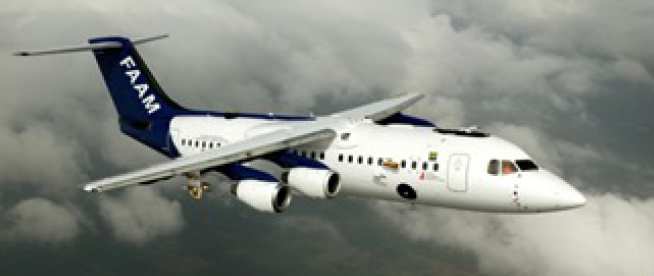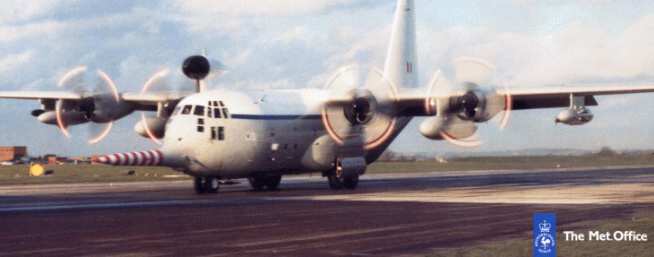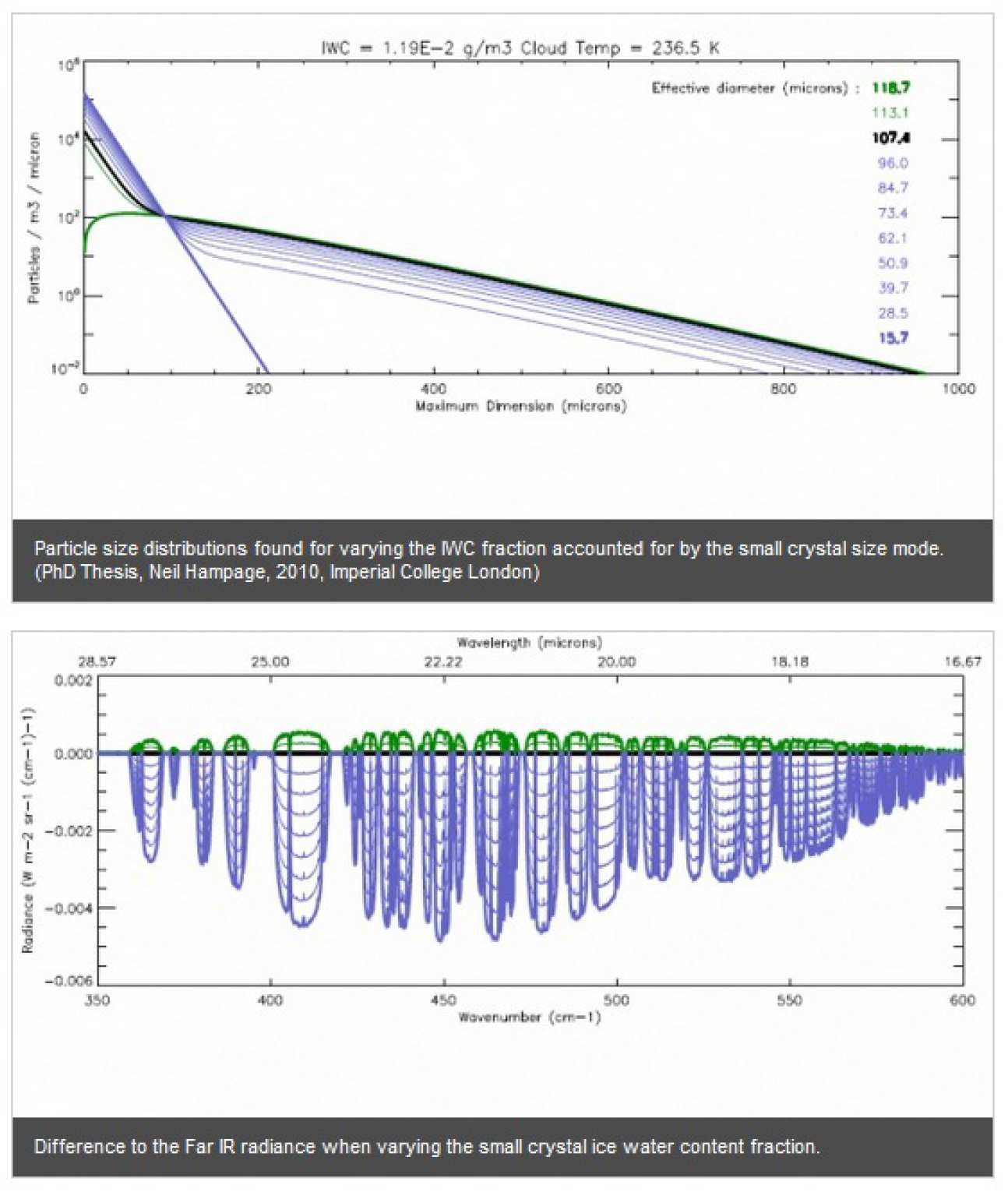

TAFTS Campaigns
TAFTS has been deployed on a number of aircraft in research campaigns, including the UK Met-Office C130 research aircraft, the ARA Egrett, and more recently on the FAAM BAe-146. TAFTS has also taken part in ground-based campaign RHUBC at Barrow, Alaska. Funded by NERC, TAFTS is now taking part in the CIRCCREX (Cirrus Cloud Coupled Radiation Experiment), a collaboration between Imperial College London, The University of Manchester, The University of Hertfordshire, the UK Met Office and FAAM.
TAFTS Campaigns
- November - December 2005, Cranfield, UK
- January 2007, Cranfield, UK
RHUBC (Radiative Heating in the Underexplored Bands Campaign)
-ARM-site-in-Barrow-for-the-RHUBC-campaign-in-Spring-2007--tojpeg_1445356562327_x2.jpg) TAFTS took part in the RHUBC ground based campaign at Barrow in Alaska, at the US ARM Northern Slopes of Alaska site in Spring 2007 (see image to the right).
TAFTS took part in the RHUBC ground based campaign at Barrow in Alaska, at the US ARM Northern Slopes of Alaska site in Spring 2007 (see image to the right).
The main objectives were:
1. To take clear-sky radiative measurements to be used to reduce uncertainties in water vapour spectroscopy, particularly concerning the water vapour continuum and water vapour absorption line parameters
2. To cross-calibrate and validate the TAFTS instrument with the AERI-ER instrument, based at the ARM site. Both of these are far-infrared spectrometers and the inter-comparison would result in higher confidence in results from both instruments.
3.To investigate the radiative properties of sub-arctic cirrus using measurements from both TAFTS and AERI-ER, allowing a high-resolution study that spans the mid- and far-infrared
The location for RHUBC was chosen due to the very dry atmospheric conditions usually present during winter at high latitudes, such as the site where the campaign was based (71.3 N). This allows Fourier transform spectrometer instruments such as TAFTS to be operated from ground level, as the atmosphere becomes semi-transparent at far-infrared wavelengths 17-100 microns.
Selected Results
Example: sensitivity in Far IR radiance to small ice crystal fraction of IWC.

Clear Sky results
The analysis of the clear sky spectra of RHUBC is being undertaken by Cathryn Fox, and has allowed a study of the foreign broadened Far IR water vapour continuum. This is an independent measurement that complements our results from the NERC funded consortium project CAVIAR (Continuum Absorption at Visible and Infrared wavelengths and its Atmospheric Relevance) campaign (Green et al 2010).
November - December 2002, Darwin Australia
September - October 2001, Adelaide Australia